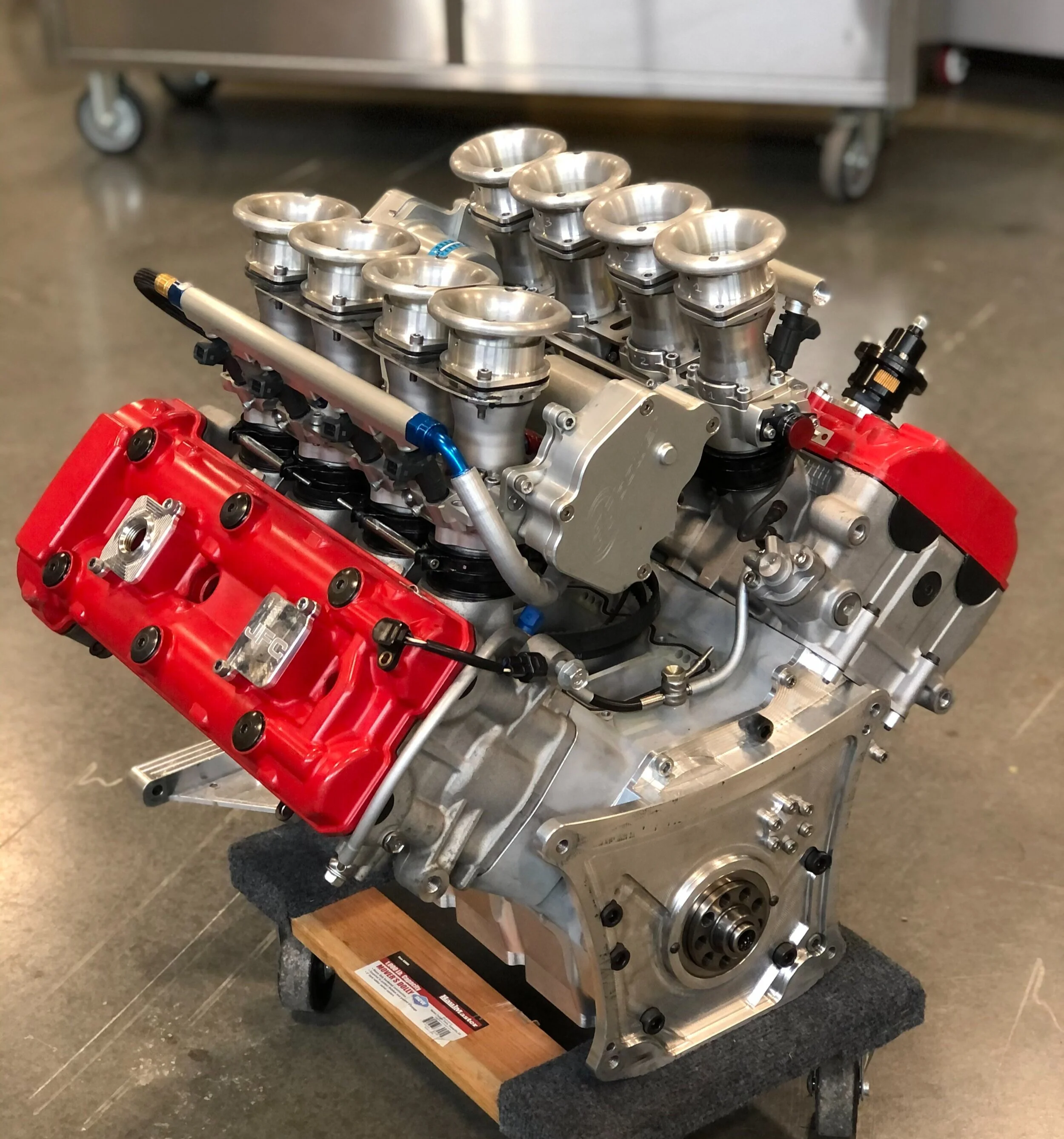Aluminum does expand quite a bit when warm. It was interesting to see just how much. The work I did in years past on automotive and race car engines was always on iron blocks. When pushing 700HP out of 4 tiny cylinders, nodular cast iron blocks were king, with the strength of cast steel! Even then, we did strive to keep the block and crank very true, and main bearing clearances tight and accurate, to facilitate good connecting rod oiling.
Also of note, some aluminum race engines require significant preheating prior to startup. A buddies V8 Hayabusa powered racer won't even turn over when stone cold. And yes, it does require some rather robust oil. The engine is a tiny thing that can almost be carried under one arm.



